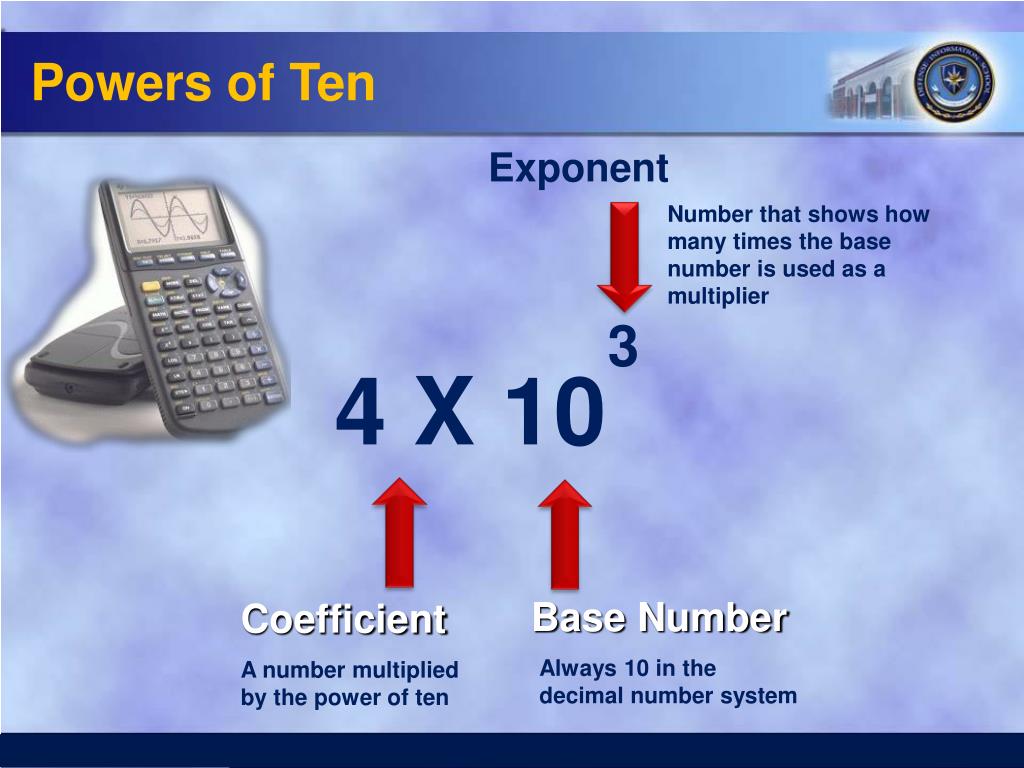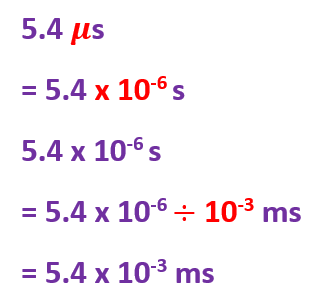
In computing, the units bit and byte are often expressed using powers of 2 and the small difference between 1024 (2¹⁰) and 1000 (10³) led the IT specialists to adopt the use of kilo- to mean 1024. Sometimes "K" is used to indicate ×1024 (2¹⁰) and "k" ×1000 (10³) but this hasn't been standardized and also it can't be extended to the other units, thus the "K" should never be used as a prefix. Even though it's unlikely that the "K" used as kelvin and the "K" improperly used as kilo- might be confused, the latter is wrong. In SI the "K" symbol represent the kelvin, a unit of temperature. (for instance, a nanometer is equal to 0.000000001 metres or 1 m × 10⁻⁹ and its symbol is "nm") but since they are not often used in computing we won't discuss about them.Īll the prefixes shown in the previous table are written in the upper-case form except the "k". To denote the submultiples of the units of measure, there are also other SI prefixes with a negative power of 10, such as milli-, micro-, nano-, etc. ** Note that only the "kilo-" prefix has a lowercase symbol ('k'). Kilo- means ×1000 or ×10³ and its symbol is "k" (lower-case letter 'k'), thus a km is equal to 1000 metres (or 1 m × 10³).Įvery decimal prefix denotes a specific power of 10 and has a name and a symbol, as shown in the following table: The SI prefixes* * Only the prefixes that denote positive powers of 10 are listed in this table. The International System of Units (abbreviated SI) defines a set of prefixes, with an associated symbol, to represent multiples (or submultiples) of a unit of measure.įor example, the kilo- prefix can be combined with the unit metre to form "kilometre".

Prefixes are easier to write and pronounce than powers of 10. These are referred to as regular prefixes and may be used with any SI unit. Most of the prefixes in the table above are multiples of a thousand. ‘Kilo’ comes from the Greek word for 1000 (10 3), and ‘milli’ comes from the Latin word for one thousandth (10 -3). Prefix names have been mostly chosen from Greek words (positive powers of 10) or Latin words (negative powers of 10), although recent extensions of the range of powers of 10 has resulted in the use of words from other languages. For example, where does ‘kilo’ come from? To many people, the choice of prefix names seems strange. Using the prefix for 10 9 from the table above, this becomes 78 Gm, which is pronounced as ‘seventy-eight gigametres’. The distance from the Earth to Mars is 78 million kilometres, which is 78 x 10 6 km, and this in turn is 78 x 10 9 m. The ‘km’ means kilometre, which is 10 3 m. For example, in the article Distances in space, it states: When the Space Shuttle goes into space, it orbits about 700 km above the surface of the Earth.

In abbreviated form, this amount of energy is written as 25 mJ. One unit on the UV index is roughly equivalent to 25 millijoules of UV energy falling per second on a 1 square metre area. In the You, Me and UV resources, information is given about the UV index.

The first letter of the SI abbreviation represents the prefix and the second letter represents the base unit. These prefixes are decimal fractions that multiply base units for smaller measurements These prefixes multiply base units for larger measurements For small lengths, the millimetre (10 -3 m) may be the appropriate quantity, whereas for large distances, the kilometre (10 3 m) may be more appropriate. For example, the base unit of length is the metre. Larger and smaller quantities are expressed by using appropriate prefixes with the base unit.

they are unique, unambiguous letter symbols.there are no long rows of zeros – prefixes replace them.The advantages of basing the multiples and submultiples on the decimal system are:


 0 kommentar(er)
0 kommentar(er)
